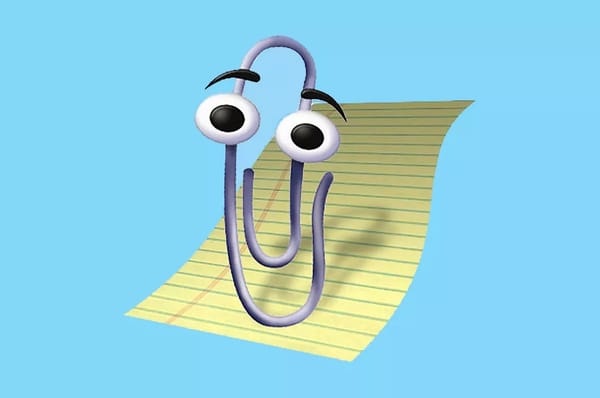ChatGPT is a brand now
And so is OpenAI
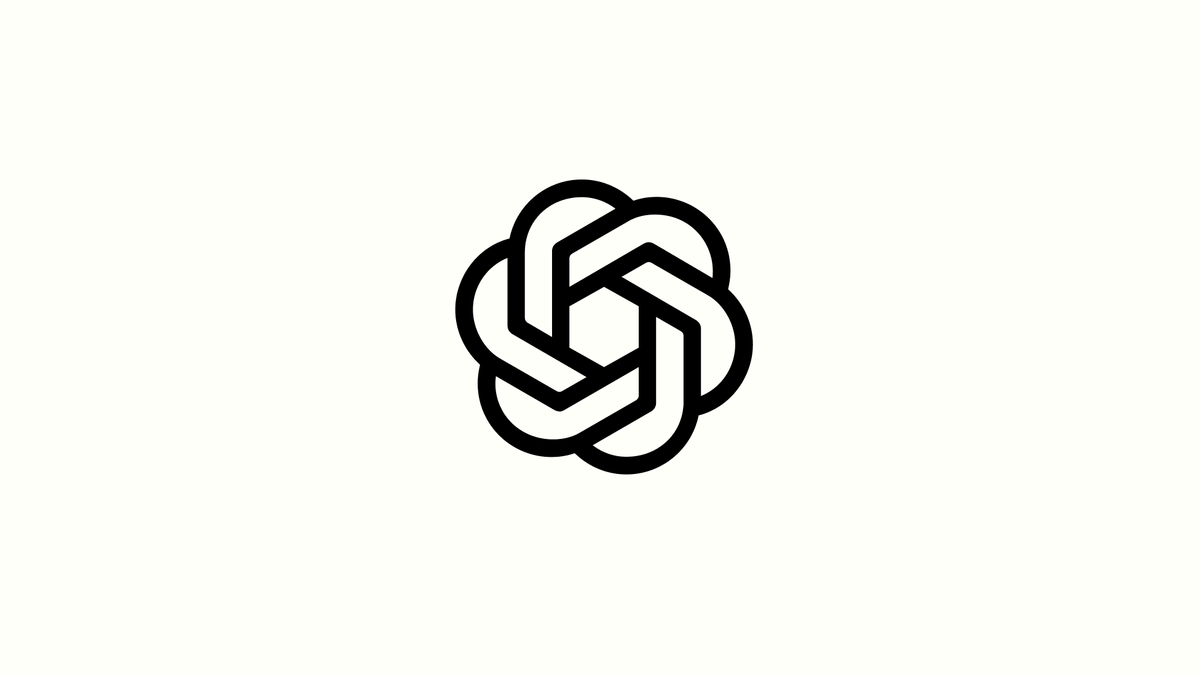
It’s 11th December 2015. openai.com appears on the web with a blog-post-styled introduction from Greg Brockman, Ilya Sutskever, and the OpenAI team.
It looks like this:
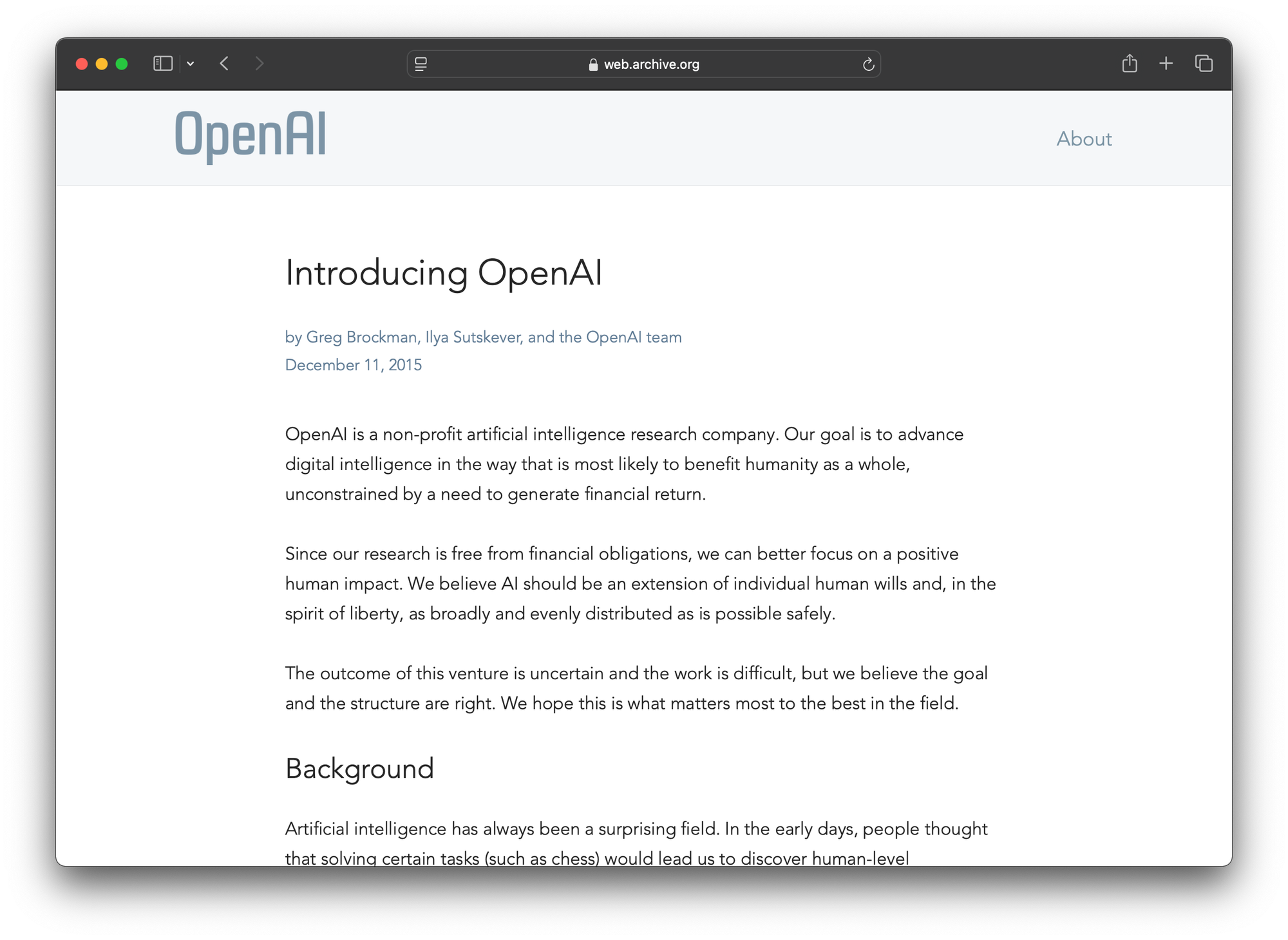
You can read the full article here.
I think this is the moment the world’s next truly breakthrough company is formed. But it’s not a company in the traditional sense yet. It’s a research lab, unconstrained by a need to generate financial return. They’re focusing on AI research and not shareholders.
Fast-forward a little to 30th November 2022. OpenAI has had a little fame with DALL-E, a text-to-image AI tool that can create images from text prompts. But it's still a small research lab doing interesting things on the fringe of consumer tech.
Here’s what the OpenAI homepage looked like back then:
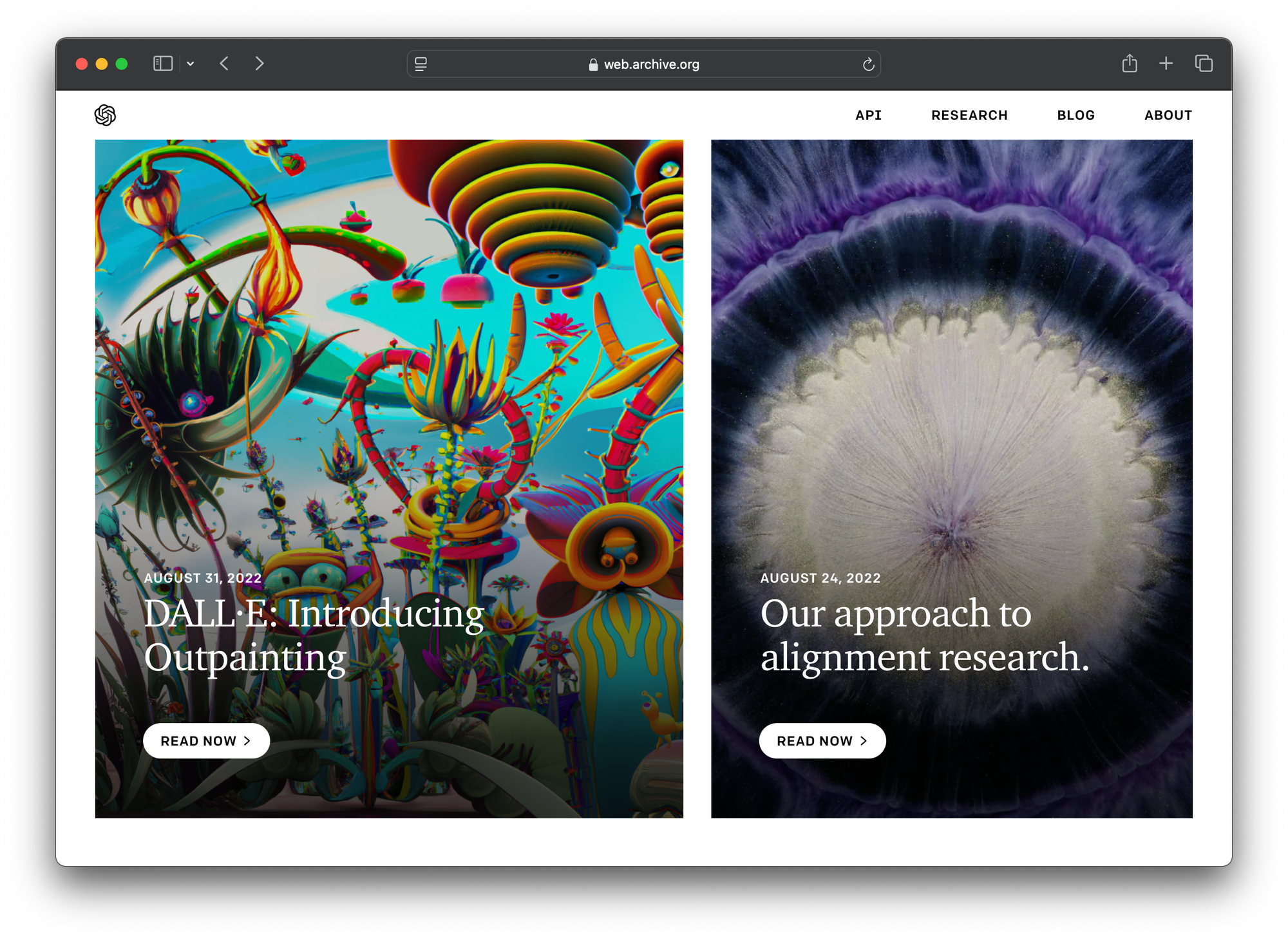
It’s on this date that I think OpenAI unwittingly became a consumer technology company destined for more than just research.
This was the day they quietly launched ChatGPT in a blog post.
It quickly became the fastest-growing consumer product in history. Here's how that blog post looked: new "blossom" logo, serif font, clean white background, abstract image to accompany:
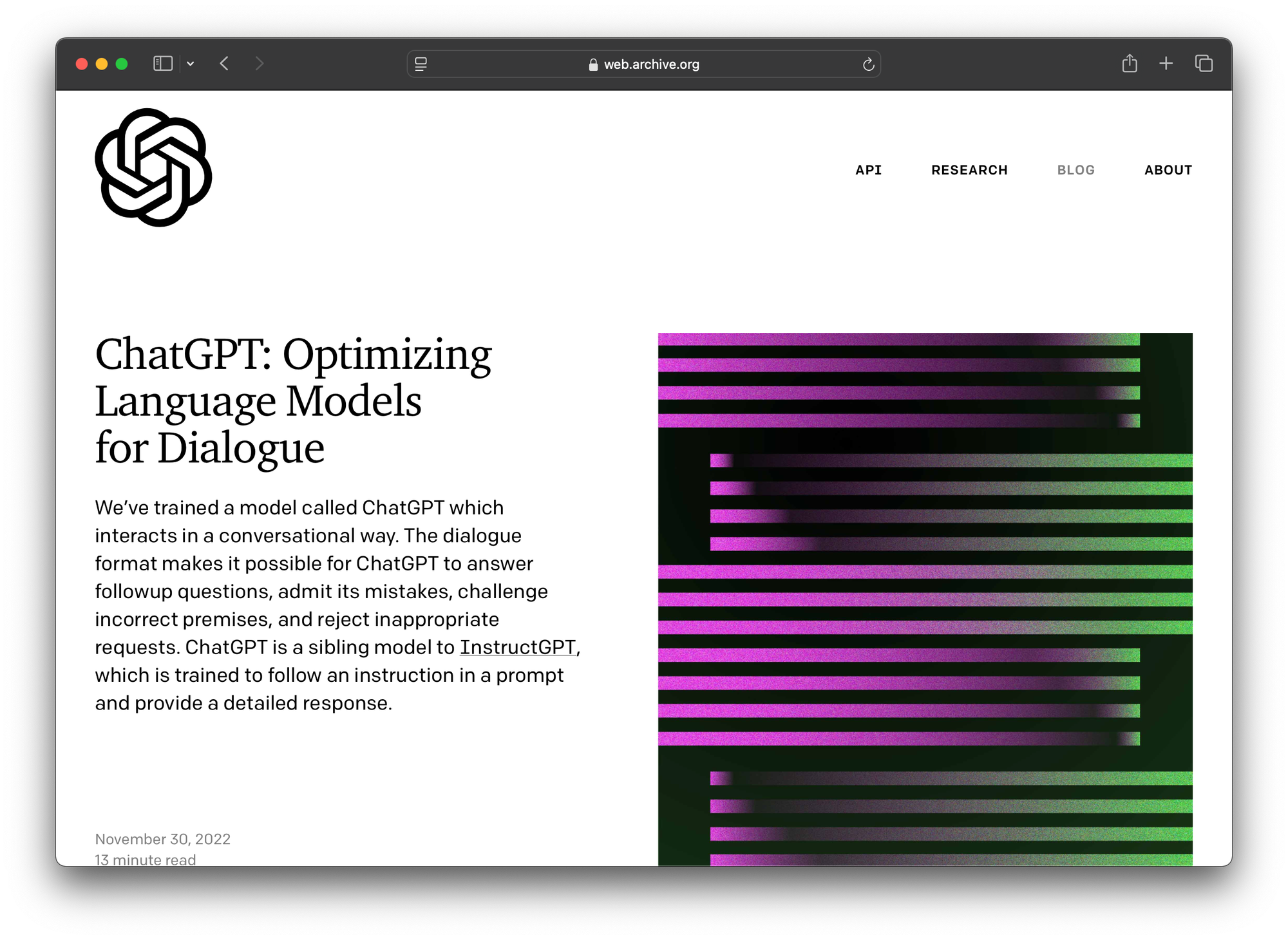
The evolution from research tool to product
ChatGPT had accidentally become the defining AI product user interface for use by the everyperson.
In February 2025, ChatGPT has 400 million weekly active users. It’s growing, too – this is up 100 million from just two months earlier
And here’s how OpenAI’s website looks now – a completely different feel from 2022's ChatGPT launch:
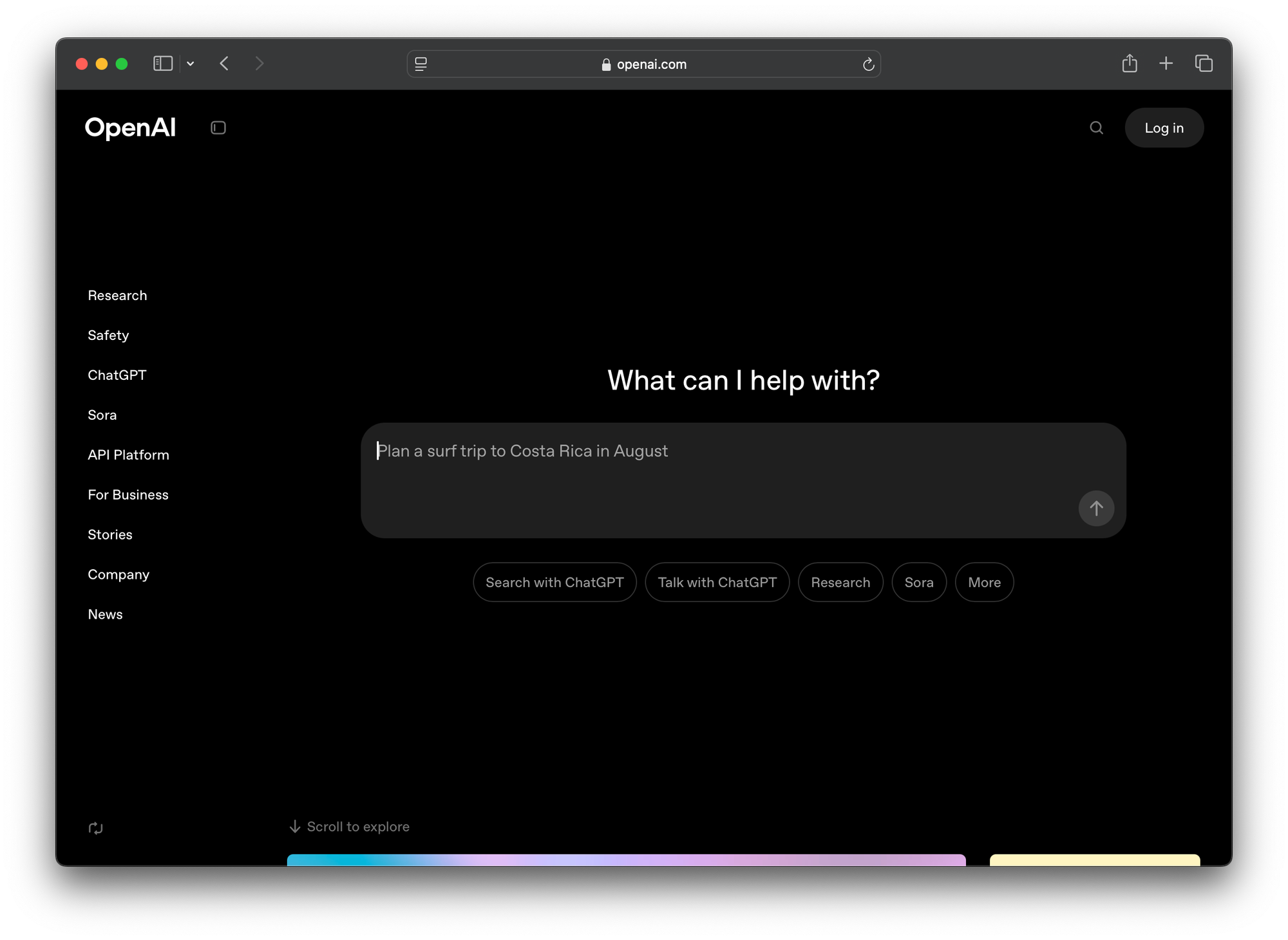
Gone are the mission proclamations (although, they are still there if you scroll down).
Now, the product is front and centre.
The serif font and colourful, abstract images, are gone. In their place, a black-and-white colour scheme and OpenAI Sans, a custom designed font.
And at the Super Bowl, came this $14 million ad spot, from newly-installed, ex-Meta and Coinbase CMO, Kate Rouch:
In which this once-small research lab pronounces the beginning of the Intelligence Age, and them the company to usher it in for their users.
Thanks, ChatGPT
This deliberate evolution into consumer technology company has happened slowly, then quickly, over the last few years.
Altman and co realised that they had an opportunity to be a consumer company, so took it. Not only did they continue to commit to AI research, but they also began to commit to product design and build excellence.
Following their November 2022 explosion onto the scene came a new, faster and more capable model the following March. Then came an iPhone app a few months later. The following year: a Mac app.
As OpenAI continues to build AI capabilities, they’re increasingly using the ChatGPT surface to show them off, rather than building separate products as they had done previously.
They're treating their research projects not as projects, but as products, to be tested by hundreds of millions of customers through their accidental consumer brand.
Now the ChatGPT app is increasingly becoming a super-intelligence app: it has built in reasoning, as well as multi-modal input and output. You can show ChatGPT what you’re looking at and it’ll talk to you about it.
This is much more than just chat. And we got here because OpenAI productised ChatGPT from an online experimental tool to a beautifully product-designed-and-built consumer technology product.
And that design approach is now coming to brand communications, too.
Making a product a brand
OpenAI’s had a big brand refresh. Here’s how they sum that refresh up in 1 minute and 31 seconds:
The brand they’re building is entirely inspired by the product they’ve built. And then you visit their website. The brand… is just the product! ChatGPT front and centre, clean, which more information if you scroll.
ChatGPT now exists everywhere. What was a hard-to-reach research tool (remember you had to join a virtual queue to log in?) is now a mobile app, desktop app, embedded across the OpenAI website and even built into Siri.
And the brand experience feels just like the product does.
This is not an accident. It’s a master class in branding in 2025: which is to bring your product and brand as closely together as you possibly can.
And ChatGPT might be the perfect case for this approach: an entirely digital product, serving hundreds of millions of people across different devices (and building, too, for a future where devices may be very different).
Take that, plus their lofty ambition to reach hundreds of millions more people, they need to have unified brand experiences, for TV advertising and beyond. So they've built something they can extend everywhere.
It’s all integrated and it’s gorgeous.
Somewhat ironically, it still feels incredibly human. Ironic because this is the brand that could, more than any other out there, threaten human creativity.
Instead, they’re making that their core mission with the tagline:
What do you want to create next?
Humanising a dehumanising technology
Have a look at these two videos:
They have a lot in common.
Yes, Steve Jobs is a little more of a showman than the OpenAI team, and Jobs is standing in front of thousands of enthusiastic fans where OpenAI have opted for more humble environment (just them and their camera), but at their core these are similar set ups:
- Both are live, where there’s the jeopardy of it going wrong yet confidence that it will go perfectly to plan
- Both are a demo of a new product, showing off novel features to the world for the first time
- Both have over-excited, optimistic presenters
The Jobs keynotes are ultimately why I do marketing now. Huge, tentpole moments of hype and hope that drove huge excitement around technology.
It was this energy that made me want to buy Apple products and made me love the craft of marketing.
In recent years, this energy is all but gone from Apple. I still love their showmanship and production value around product announcements, but they’re not:
- Live
- Super novel
- …okay, maybe they still do have the over-excited, optimistic presenters
OpenAI have truly taken on this mantel, in their own way, with their YouTube announcement strategy. I’m glued to each one. I really love it.
It warms up, humanises and hypes the products they’re creating. They’ve stuck to their research lab roots here, I think, by demoing novel, experimental stuff, but in a polished way, to millions of people.
They’ve humanised an otherwise potentially inhuman research lab into a proper brand that feels approachable and endearing.
A research demo becomes consumer brand
ChatGPT is a brand now.
What started as a research demo, evolved into a product is now a brand.
The team at OpenAI had the smart realisation, somewhere along the way, that they had to build a consumer brand if they wanted their version of AI to be the one that everyone uses.
This is why they rapidly evolved a research tool into a consumer brand that advertises at the Super Bowl and has brand guidelines and is on phones and computers everywhere. And it's why they're doing these wonderful, vulnerable live streams to show off the things that the humans at OpenAI have built. Because these are the things you do when you build a consumer brand.
In a world where it’s really easy to make a brand that looks like it has purpose but actually has nothing to do with the product, OpenAI have created a lasting, functional and human brand and product experience that scales from a TV ad through to a mobile app, perfectly.
It’s almost like Sam Altman hired a world-class CMO and asked her:
What do you want to create next?


